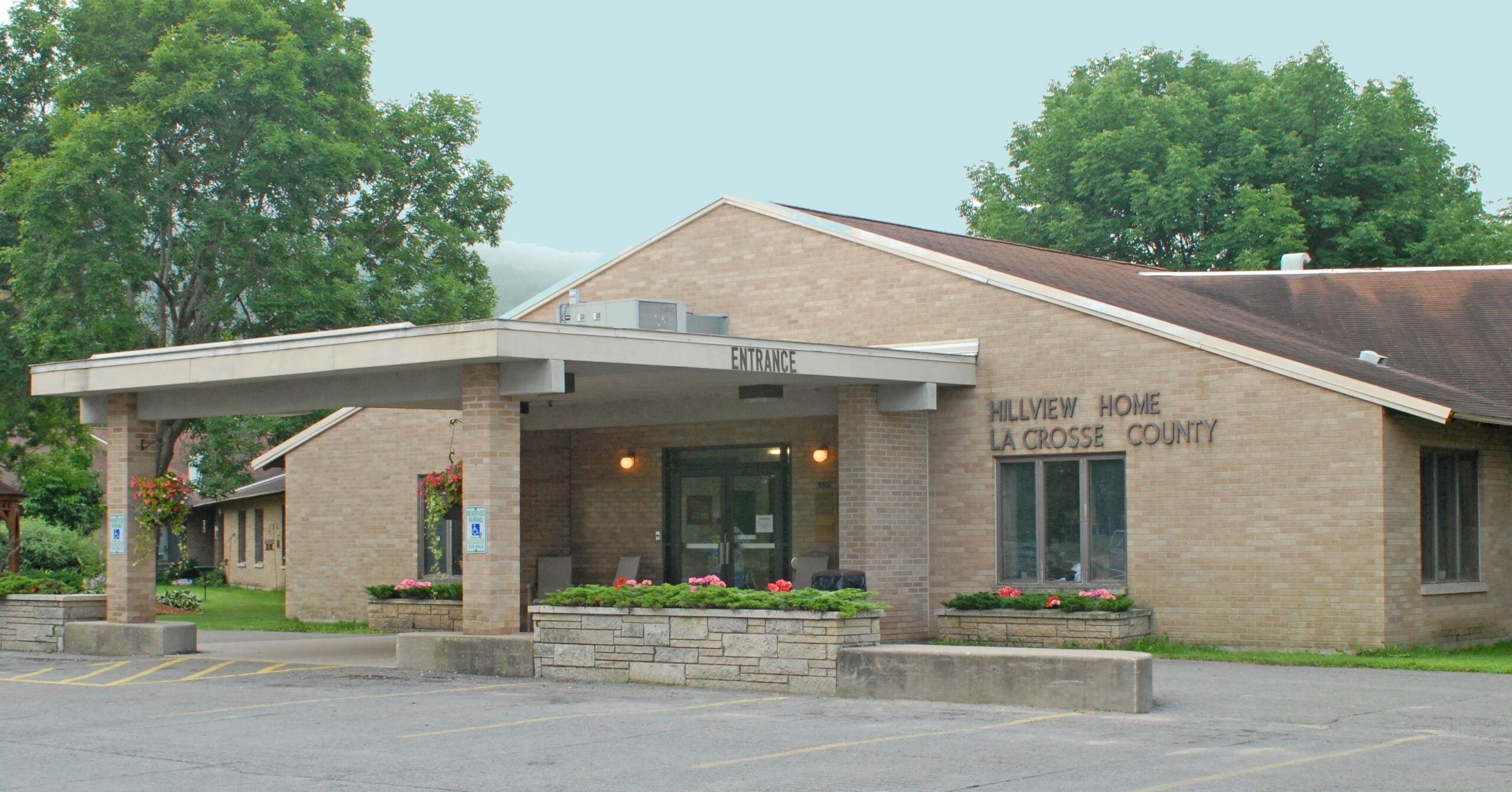War on Poverty; Civil Rights Act
Featured in this Show
-
War on Poverty
Fifty years ago in August, Congress approved a series of new programs designed to address the so-called War on Poverty that President Lyndon B. Johnson declared in his first State of the Union Address in 1964.
The Economic Opportunity Act created a number of new programs, like food stamps, Medicare and Medicaid and Community Action Agencies, all of which still exist in some form today.
Wisconsin has 16 Community Action Agencies that are working to fight poverty regionally, including Couleecap based in Westby, which helps people in Crawford, Vernon, La Crosse and Monroe Counties. Nationally, there are about 1,000 agencies that work on regional poverty issues.
“It is a nationwide movement of anti-poverty organizations,” according to Couleecap Executive Director Grace Jones. “They are locally-controlled and locally-staffed with a local board of directors.”
Couleecap receives its money from federal and state government and private donations including foundations. “We compete for all of our funding. So we’re always looking for gaps in services in the community and what resources are out there and link them together. When people have needs in the local community, we try and address those needs and help alleviate that condition of poverty,” Jones said.
Couleecap helps about 35,000 people annually in the four counties it serves, from children to senior citizens. They do a lot of work in housing, from homelessness, to helping people buy a home and helping with home weatherization. They also help people find jobs.
Jones says the War on Poverty has been successful, cutting the overall poverty rate by one-third in the past 50 years, For senior citizens in 1964, the poverty rate was 35 percent, but in the 2012 census the poverty rate was just 9 percent for seniors, but there are still many challenges, especially for children under 18 who live in rural areas. In the 2012 census, the poverty rate for children was about 22 percent.
“Vernon County has seen childhood poverty rates of 22-25 percent on an on-going basis, and I’ve been tracking this for a long time,” Jones said. “La Crosse County is usually lower than that around 10-12 percent, although during the recession La Crosse got around 17 percent.”
-
Civil Rights Act
Last week was the 50th anniversary of the Civil Rights Act becoming law. In the spirit of the anniversary, we bring you the story of one of the pioneers of the civil rights movement.
Dr. Sonnie Hereford III tells the story of helping to integrate the Huntsville, Al. school system in 1963. His son was among the first group of black students to desegregate a white Alabama school. Dr. Hereford was at UW-La Crosse as the keynote speaker at the “Reflections of Ebony” event in early 2014.
Episode Credits
- Maureen McCollum Host
- John Davis Producer
- Grace Jones Guest
- Dr. Sonnie Hereford III Guest
Wisconsin Public Radio, © Copyright 2024, Board of Regents of the University of Wisconsin System and Wisconsin Educational Communications Board.



